Arturia AudioFuse 16Rig is the next step in its young audio interface journey, feat 16 analog inputs, eight DC-coupled outputs, and more.
About a year ago, Arturia released the AudioFuse 16Rig, their most extensive audio/MIDI interface for electronic music studios. Among other things, it hosts 16 analog inputs, eight DC-coupled outputs, standalone audio mixing, and more.
Arturia has no booth at NAMM 2025 but a major firmware update 2.0 for the AudioFuse 16Rig.
Arturia AudioFuse 16Rig 2.0
The new free update 2.0 delivers a significant range of new features for all AudioFuse 16Rig owners. One major new feature is the introduction of 16-channel Immersive Monitor Control. It lets you control up to 16 speakers using any combination of line or ADAT outputs available on the interface.
You can create unique mixing setups in surround (5.1, 7.1), immersive (7.1.4, 9.1.6), or other custom formats. This new functionality also includes volume control for all immersive speakers, plus level matching and up to 20ms of time alignment per speaker.
The new Arturia AudioFuse 16Rig 2.0 update also provides a comprehensive way to manage bass with individually settable crossovers and filter slopes for all speakers.
Then, you get new group monitor tools, including mute/solo groups of speakers with one button. You can easily access the mute, ref, and BM controls from the hardware menu or the AFCC software control panel.
Arturia also added a pink noise generator. This tool is not for creating noisescapes but for setting up and calibrating the interface with your monitors. For video creators, they also added a new global lip-sync function that applies up to 20ms of overall delay to keep on-screen video perfectly synced.
Great, the new firmware 2.0 also includes a new auto-restart function after a power cut. This is a feature that I have wanted as an update since the first minute. Other new features are:
- pop-up messages on hardware display to easily see important level changes, warnings, and more at a glance.
- monitor knob lock to prevent accidental volume adjustments when using external mixers or controllers.
- quick reference level reset: instantly return to a calibrated level
- send cue mix to multiple destinations
- more PPQN options for clock output giving you more flexibility when synchronizing modular and other synthesizers.
A neat update for the AudioFuse 16Rig. I am particularly pleased about the auto restart function that simplifies the workflow.
The new Arturia AudioFuse 16Rig 2.0 firmware update is available now for free download for existing customers.
Article From October 23, 2023
It all started in 2015 when Arturia announced the AudioFuse, its first audio interface at NAMM. Development took longer than expected. The release only followed two years later, in 2017— the delayed start in a new audio interface journey. The lineup was later continually expanded.
First with more premium interfaces (AudioFuse 8Pre, Studio), then with the MiniFuse series. Budget audio & MIDI interfaces with fewer features but with the same DNA. Arturia is now taking the next step with the AudioFuse 16Rig.
AudioFuse 16Rig
The AudioFuse 16Rig is the new flagship model of its successful AudioFuse lineup. It’s the most extensive Arturia interface and builds on the experience they gained over the last years.
The focus of the A16Rig is on Synthesizer and electronic music setups that require a lot of inputs and outputs for synths, drum machines, samplers, and more. There are also clever add-ons every musician will enjoy working, especially in hybrid with setups with internal and external signals.
Unboxing
The unpacking is classic and has no surprises. It includes the interface, two USB-C cables, a power supply, and optional rack ears in orange. Heavy and valuable is how I describe my first impression of the interface.
Inputs/Outputs
Arturia didn’t skimp on I/O—the most important thing about an interface. 16 analog line inputs (up to 88.2/96kHz) distributed at the front and back give Synthesizer-heavy studio enough options. This includes two XLR-1/4” combo jacks on the front, so it’s your place to connect your mics or even guitars.
Inputs 3 and 4 follow this and are mirrored on the front panel on a minijack connector. In times of more and more small, portable instruments like Volcas, Pocket Operators, etc., this is a great add-on. I wonder why more manufacturers don’t do this.
Plus, all 16 line inputs are also available on classic 6.35mm sockets on the back. The output section is just as feature-rich. AudioFuse 16Rig features no less than 12 analog line outputs. Two of them are L/R monitor outs. The other are 6.35mm line outputs. For the guitarists among my readers, there is also a clever re-amp functionality built-in using the mirrored 3 and 4 outputs on the front.
Thanks to their DC-coupled topology, they can also output CV signals. In practice, if you only use the monitor outs, you can output CV signals from the remaining outputs and control your modular synths. DAWs such as Ableton Live or Bitwig let you generate and output LFOs, envelopes, and sequencers…using the outputs.
Wait a second. That’s not all. The AudioFuse 16Rig also features dual ADAT I/Os for up to 16 additional channels. In cases where the 16 inputs are insufficient for your synth museum, you can add them easily via ADAT. There are also two phone sockets, perfect for collaborative work in the studio.
Gear Communication
To impress in a Synthesizer studio, it has to offer not only a solid set of analog but also digital I/O. Arturia made sure of that and benefits here from its experience with its MIDI controllers.
It hosts Word Clock I/O and a full MIDI interface (In and two Out/thru). Something that was greatly missed with the AudioFuse 8Pre from 2019.
In addition, you get three USB-A ports for connecting USB gear. Two are classic USB hub ports, while the third offers USB host functionality. It is particularly helpful if a synth doesn’t have a proper MIDI interface. And for all mobile musicians, the ports have enough power to charge your iPads.
AudioFuse 16Rig connects via USB-C, is class-compliant, and is compatible with every PC/Mac and mobile devices (iPads…).
Modular Routing, Standalone Mixing…
16 audio inputs, eight outputs, full MIDI etc. In order not to lose track, Arturia has built a very deep and clever digital system around these features. The heart of the whole interface. Control it via the AudioFuse Control Software (AFCC) or right on the hardware with a big knob and buttons.
A powerful feature of the new AudioFuse 16Rig is the matrix routing engine. Using a big matrix, any audio signal can be routed wherever you want. Audio ins/outs, effect sends/returns, quick A/B speaker monitoring…). This flexibility also applies to digital signals such as your Loopback streams, etc.
Arturia makes it just as flexible with the MIDI and USB ports. These can be customized down to the last detail. Plus, many of the interface’s functions can be controlled remotely via MIDI. Not yet fully available in the current firmware (as of the end of October 2023).
Another highlight is the ability to mix standalone. AudioFuse 16Rig offers two low-latency internal mixers, allowing you to use it as a standalone mixer in DAWless sections. The color display gives real-time feedback on your levels, etc.
Talking about the display. Not only does it provide feedback on your signals, it’s also a tiny AudioFuse Control Center. Smaller than the software but offers much of the AFCC functionality under your fingertips. Six illuminated buttons, a large endless encoder, and a back function guide you through the flat menu.
Individual channel settings, outputs, mixer customization, MIDI, and more. Everything can be controlled on the interface.
And as a cherry on top, all these settings can be saved in presets. Recallable on the fly on the device or in the AFCC software. It’s super handy for switching between setups without losing your settings.
Software Bundle
Arturia also ships its new flagship audio & MIDI interface with tons of software: Analog Lab Intro, Comp DIODE-609, preamps (1973, V76, TridA), Filter Mini, Chorus Jun-6, Comp FET-76, and more.
First Impression
With the AudioFuse 16Rig, Arturia has released a true flagship audio interface on the market. Packed with features that leave almost no wish unfulfilled. There are tons of inputs and outputs, digital interface options for hybrid workflows, standalone mixing, flexible routing, and everything recallable.
Internal DSP is missing. So there are no internal effects you add to your tracks. That would have topped it all off. Maybe we’ll see that in the future with 32-bit processing. For mobile work with the iPad, an iOS version of the AFCC would be nice.
Arturia AudioFuse 16Rig is available now for $1299/1299€.
More information here: Arturia
Available at my partners
Thomann



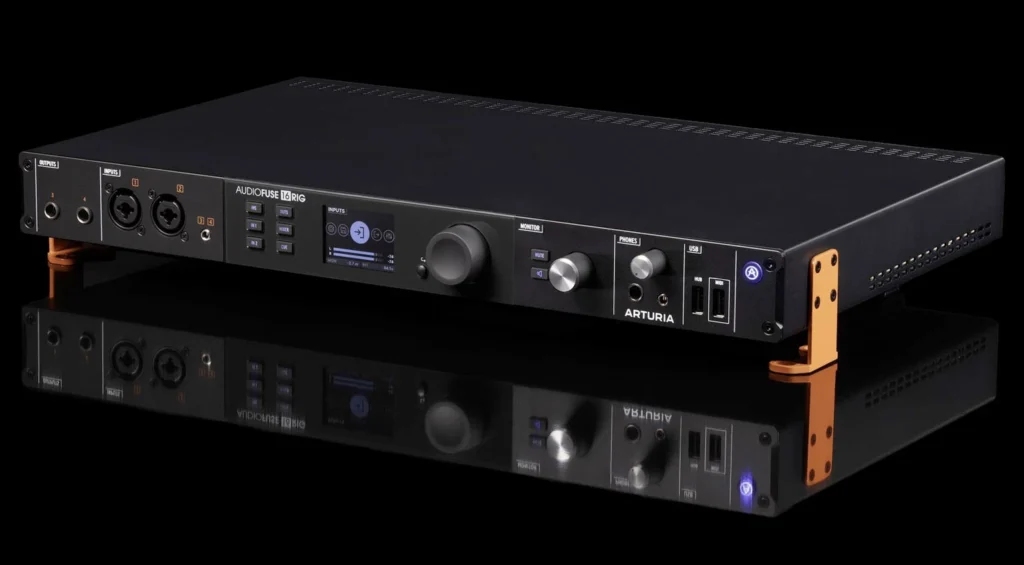

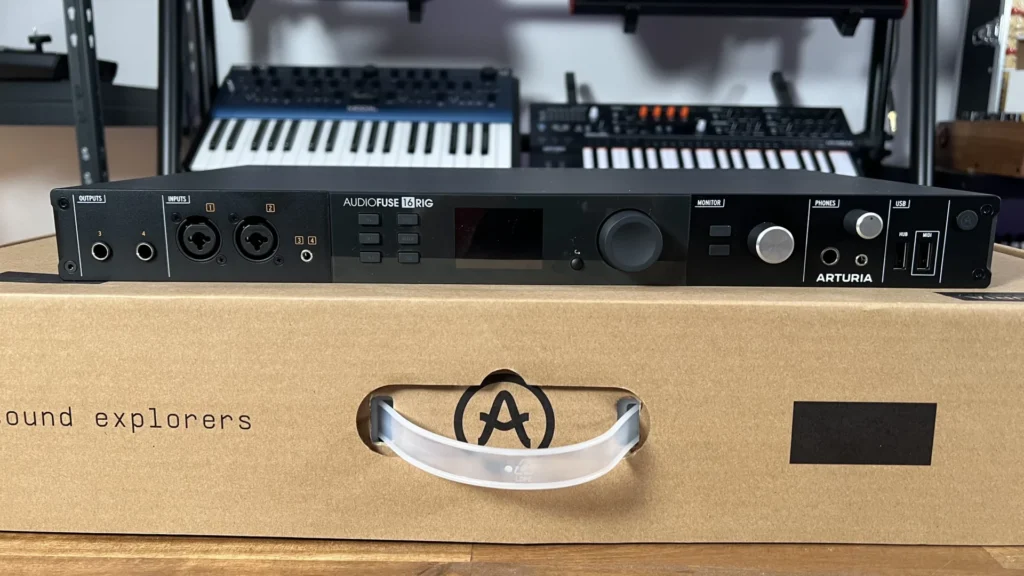
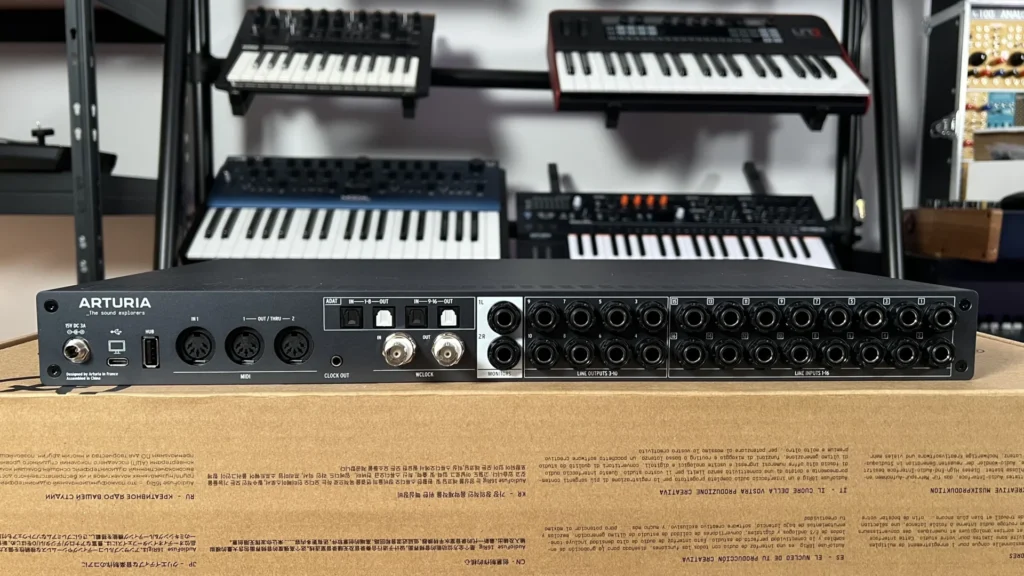


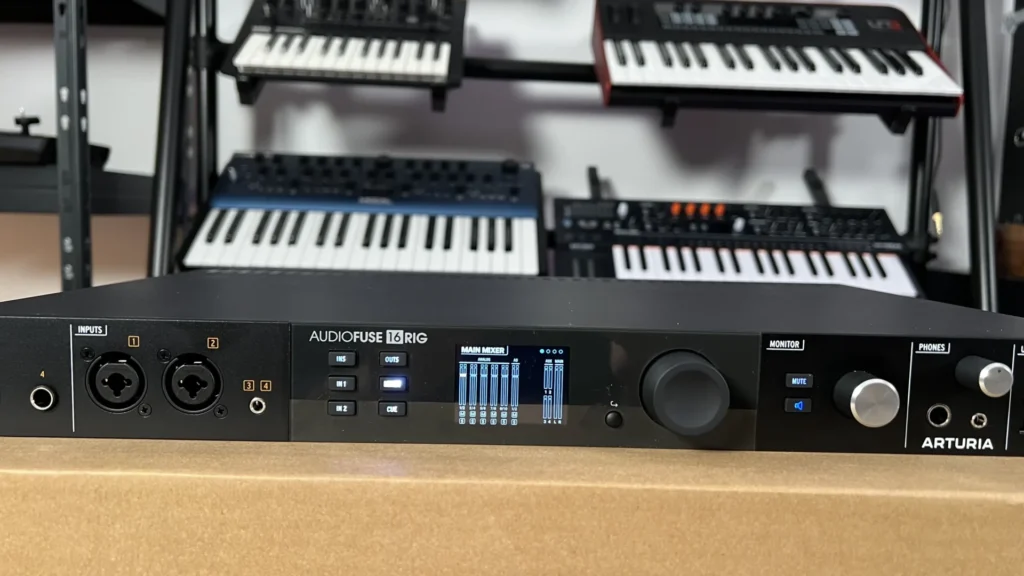
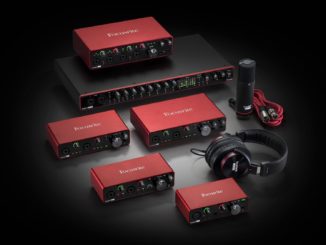
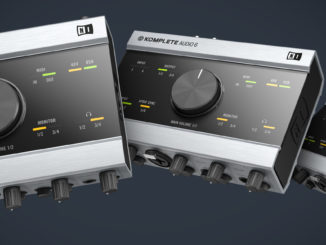

Will wait until 3.0 so until they eventually bring in DSP in there.
Come on Arturia, make use of your know how in rx algorythm and combine it with hardware already